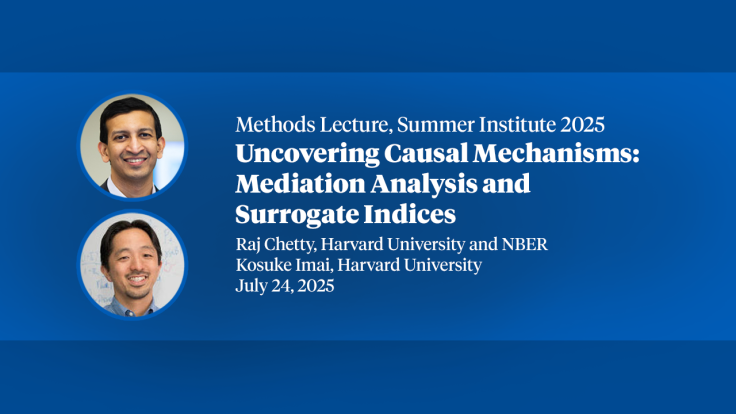Unpacking Aggregate Welfare in a Spatial Economy
How do regional productivity shocks or transportation infrastructure improvements affect aggregate welfare? In a general class of spatial equilibrium models, we provide a formula for aggregate welfare changes, decomposed into terms associated with (i) technology (Fogel 1964, Hulten 1978), (ii) spatial dispersion of marginal utility, (iii) fiscal externalities, (iv) technological externalities, and (v) redistribution. We further use this decomposition to derive a general formula for optimal spatial transfers and show that, whenever optimal transfers are in place, the technology term alone captures the aggregate welfare effects of technological shocks. We apply our framework to study welfare gains from improving the US highway network. We find that changes in the spatial dispersion of marginal utility are as important as technological externalities in accounting for the deviations from the Fogel-Hulten benchmark to assess welfare gains.
-
-
Copy CitationEric Donald, Masao Fukui, and Yuhei Miyauchi, "Unpacking Aggregate Welfare in a Spatial Economy," NBER Working Paper 34075 (2025), https://doi.org/10.3386/w34075.Download Citation


